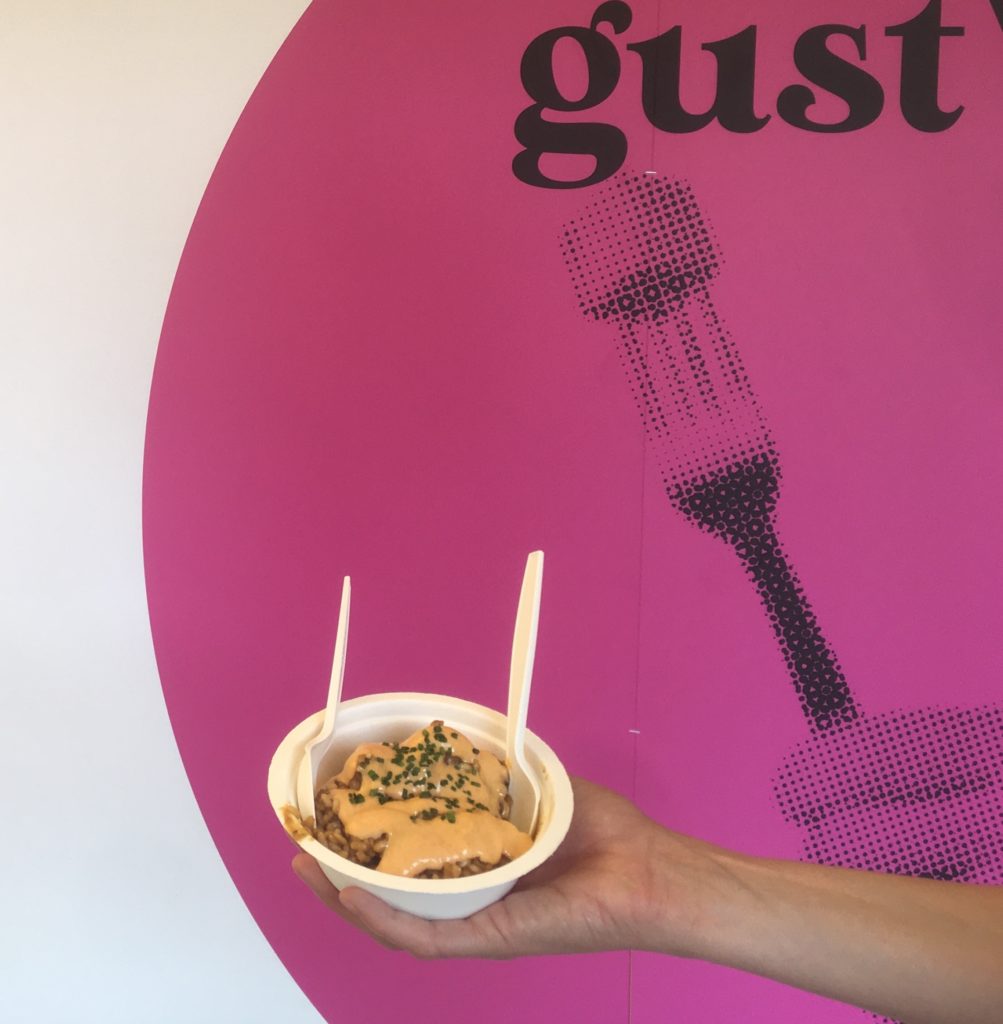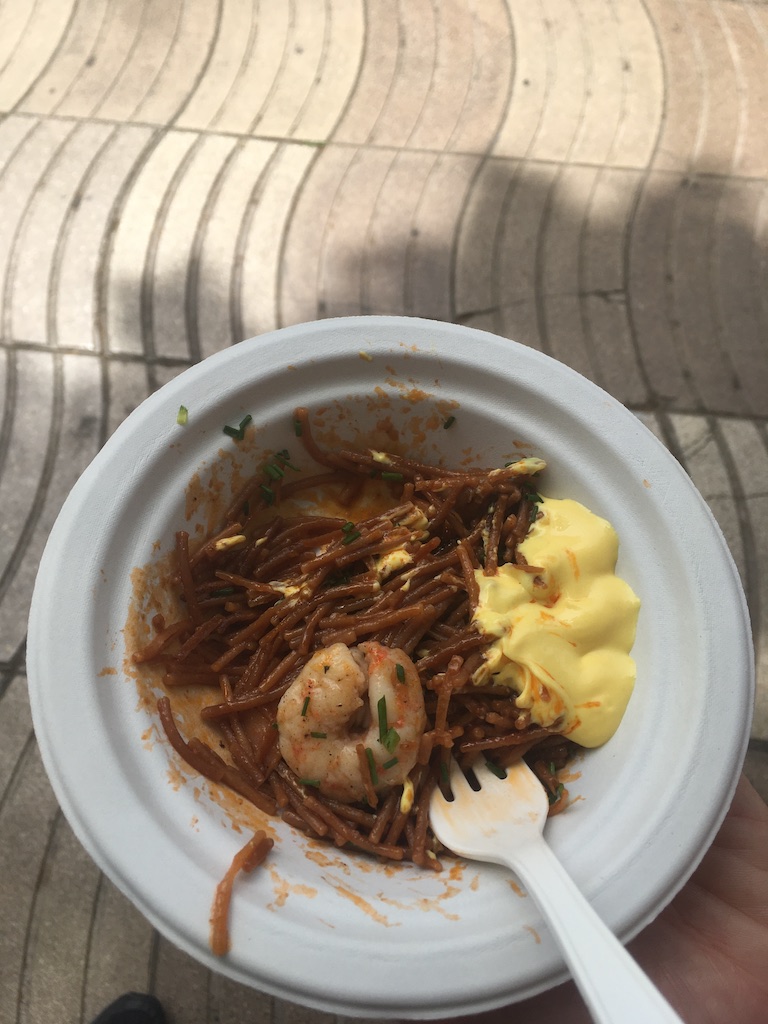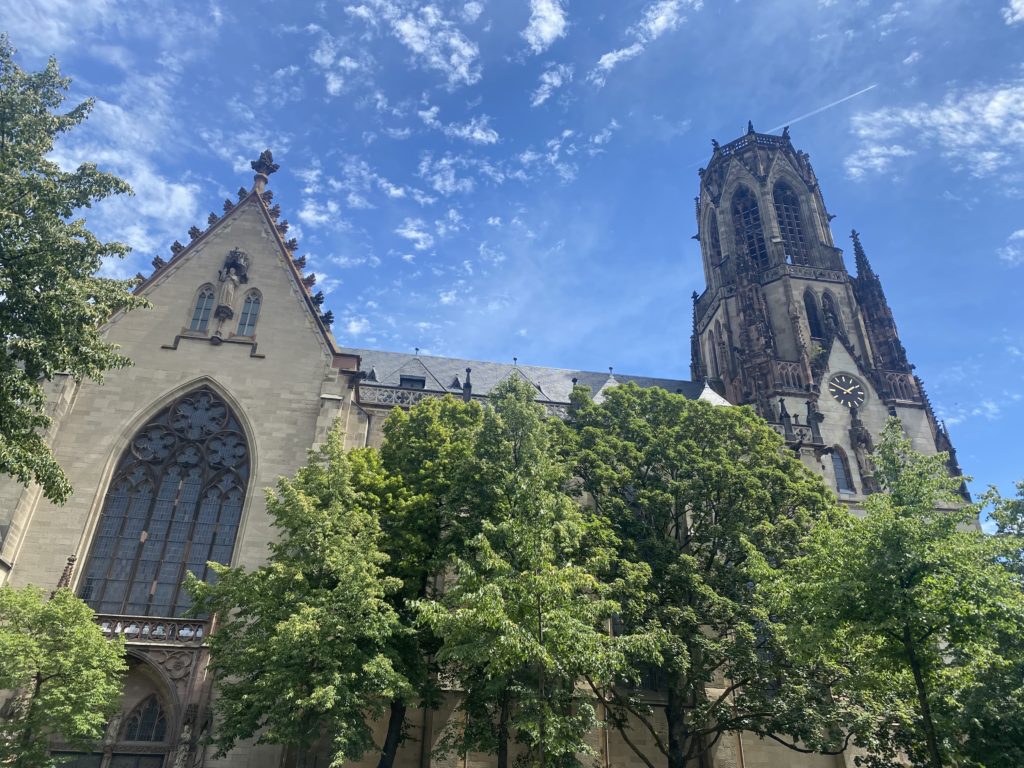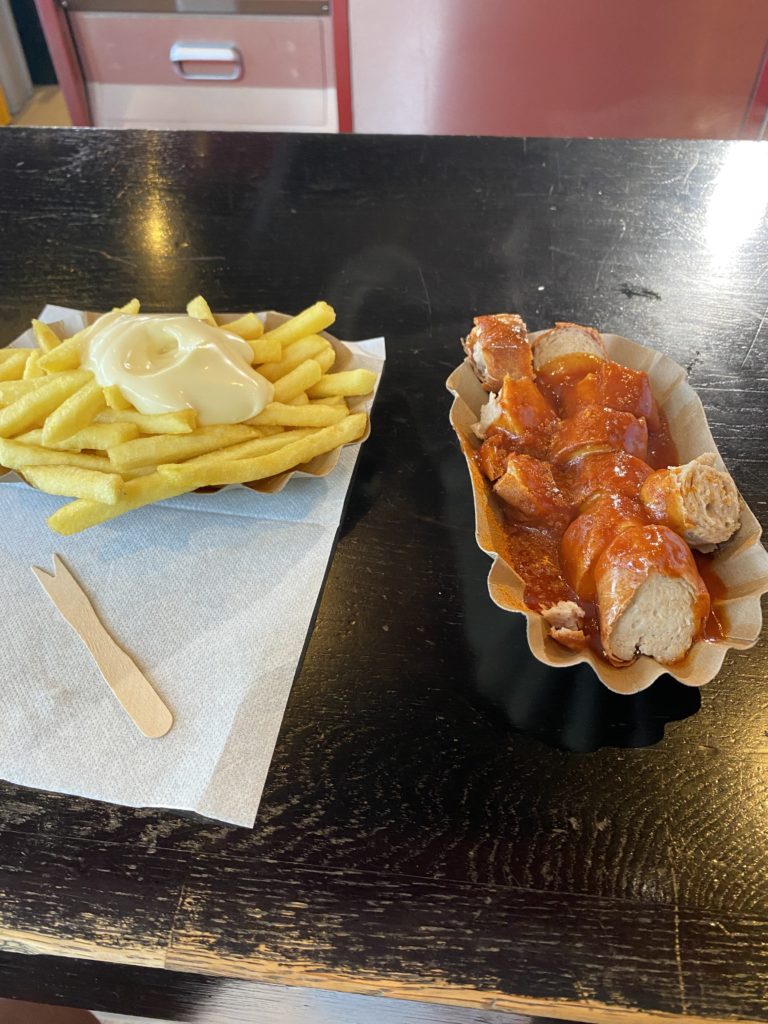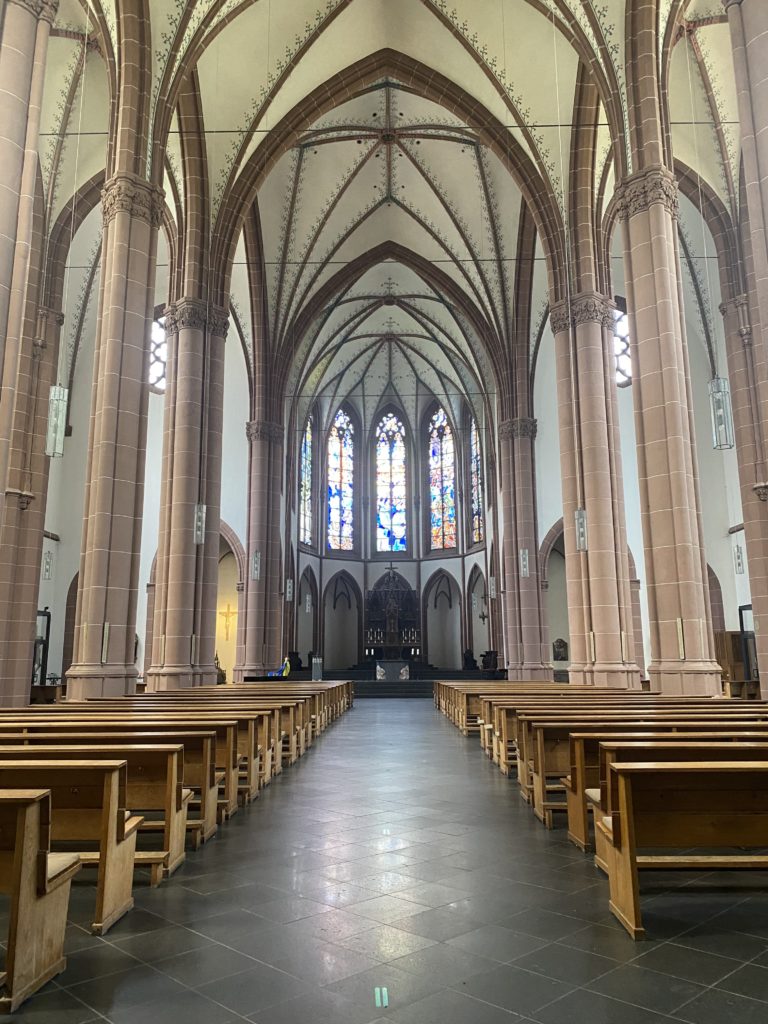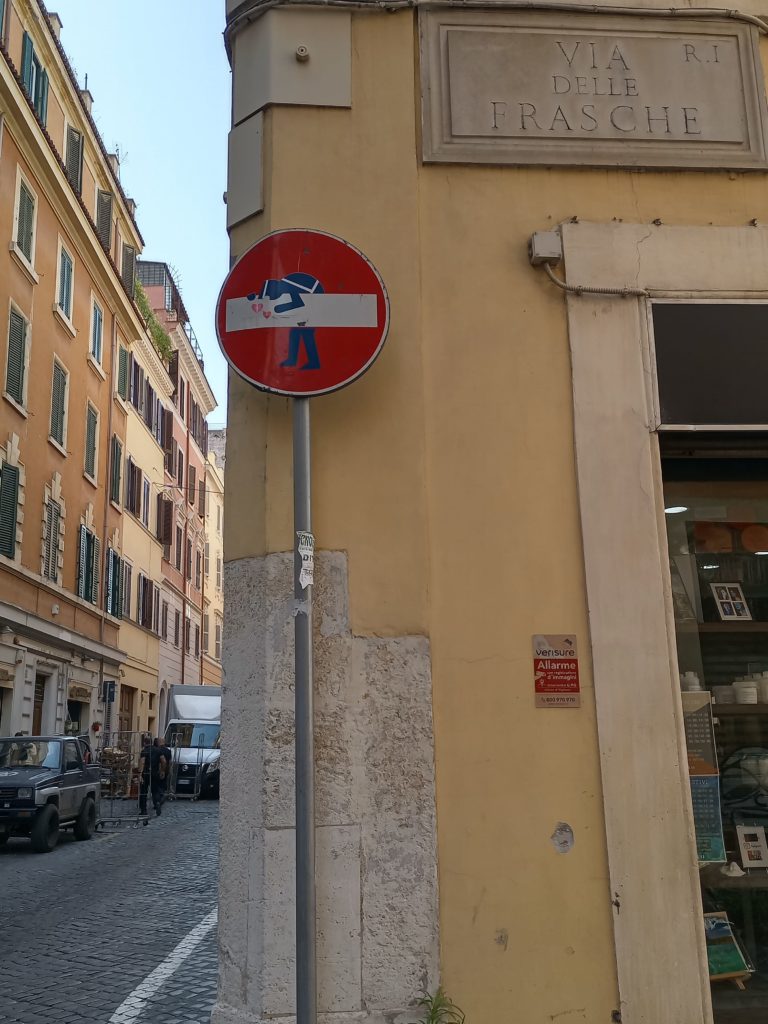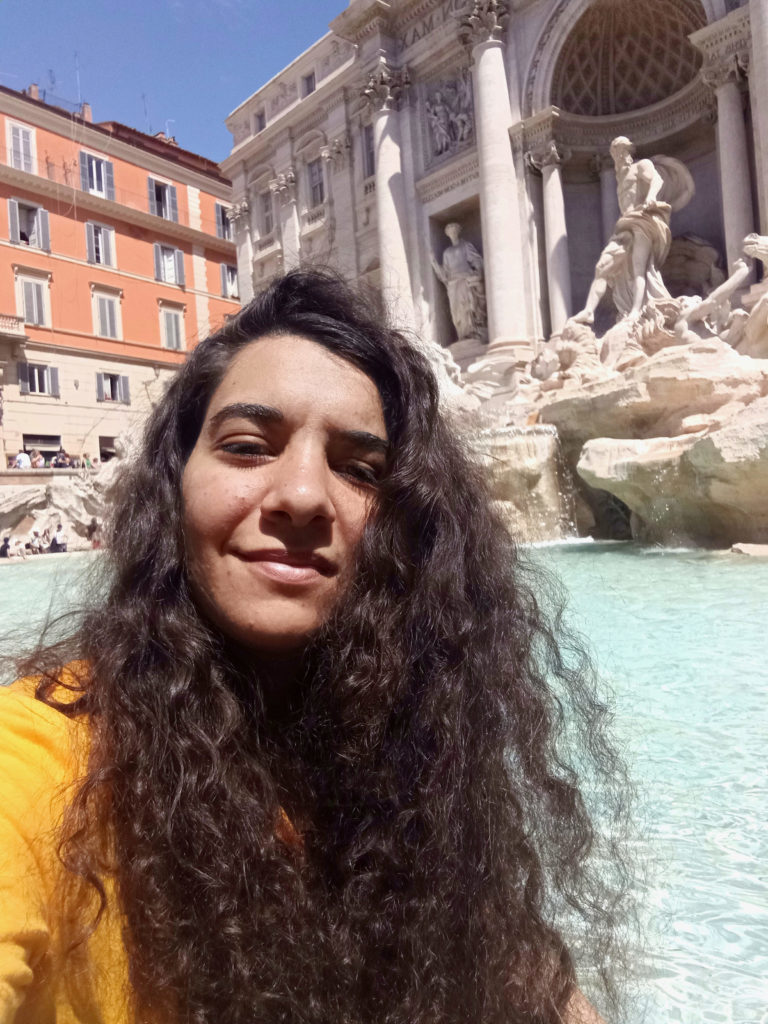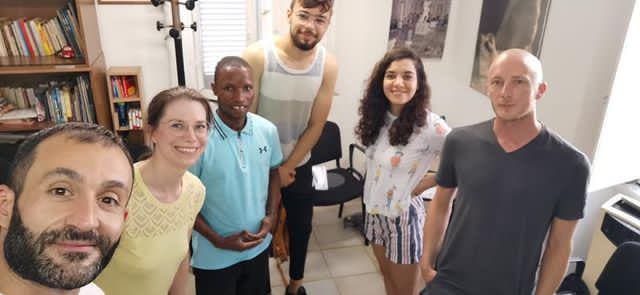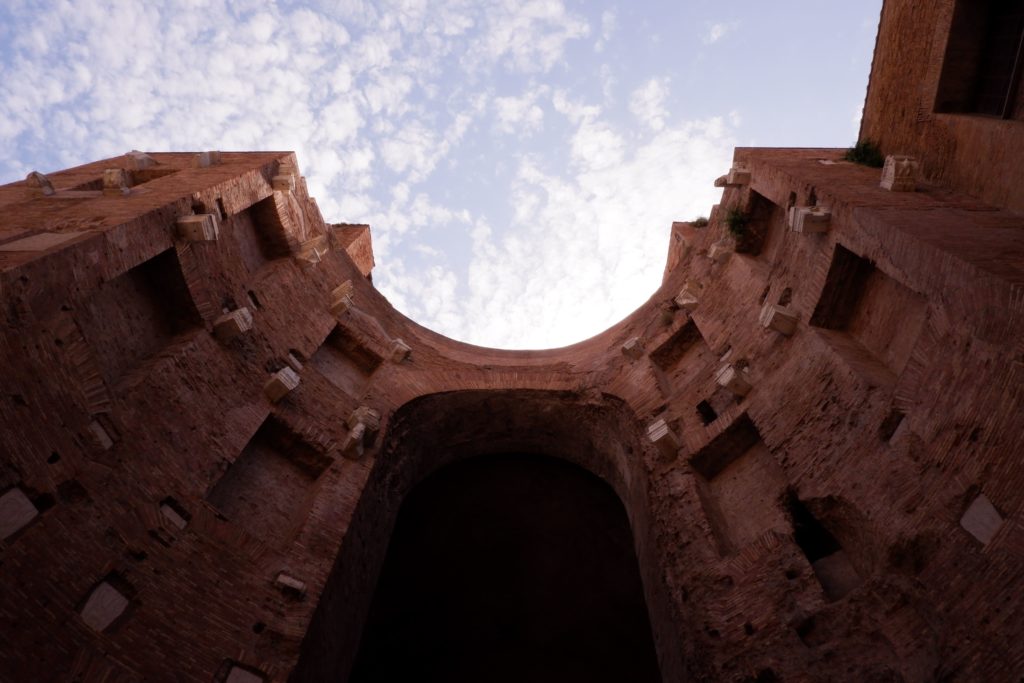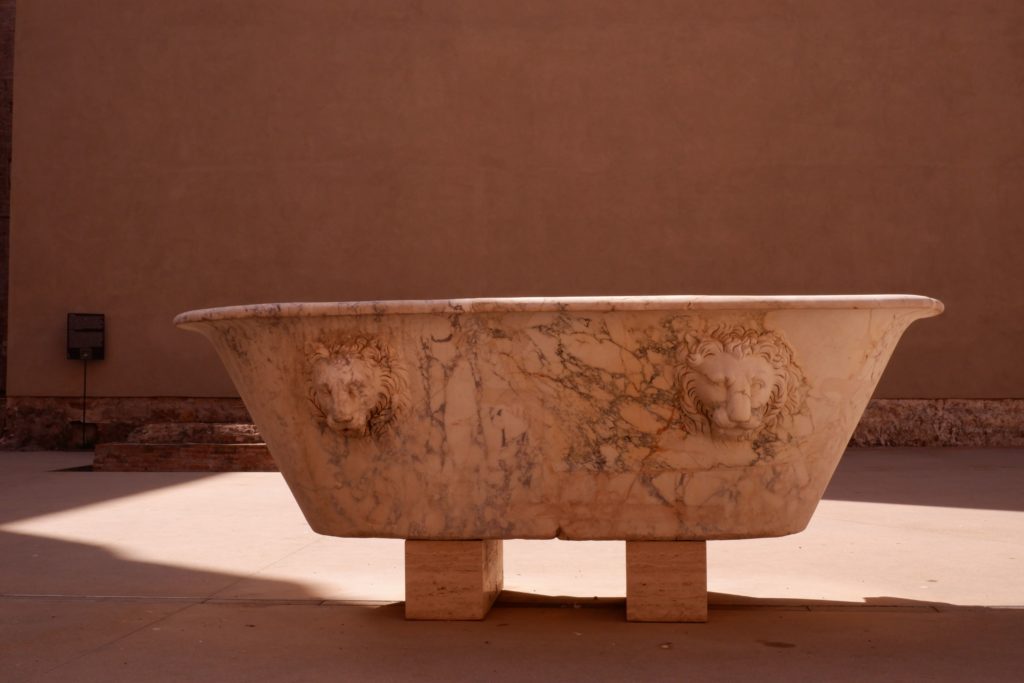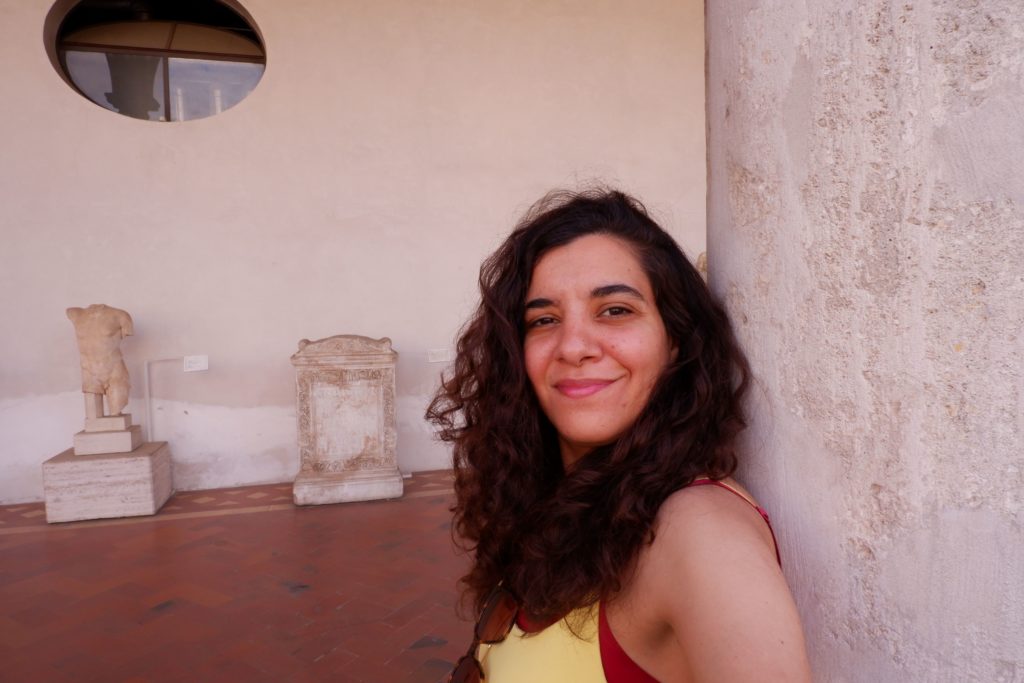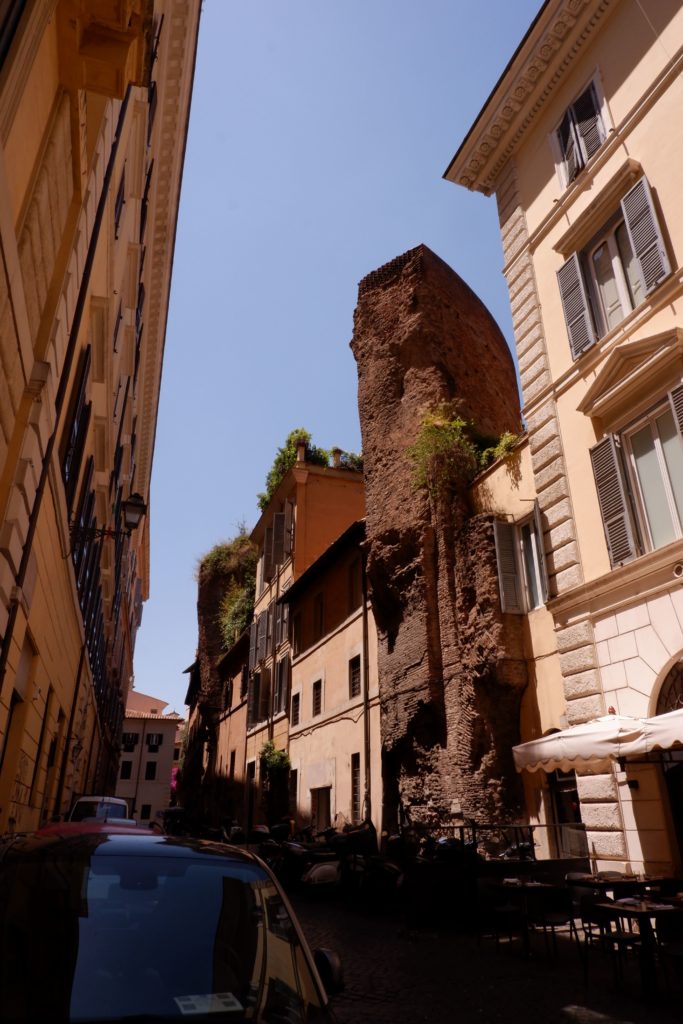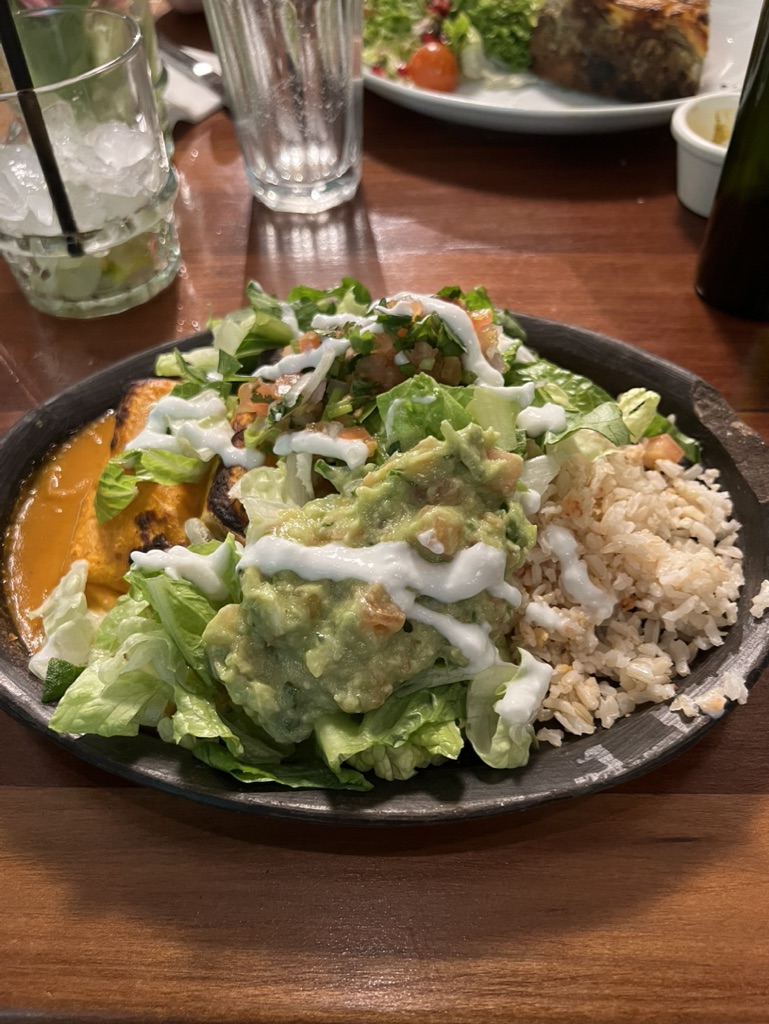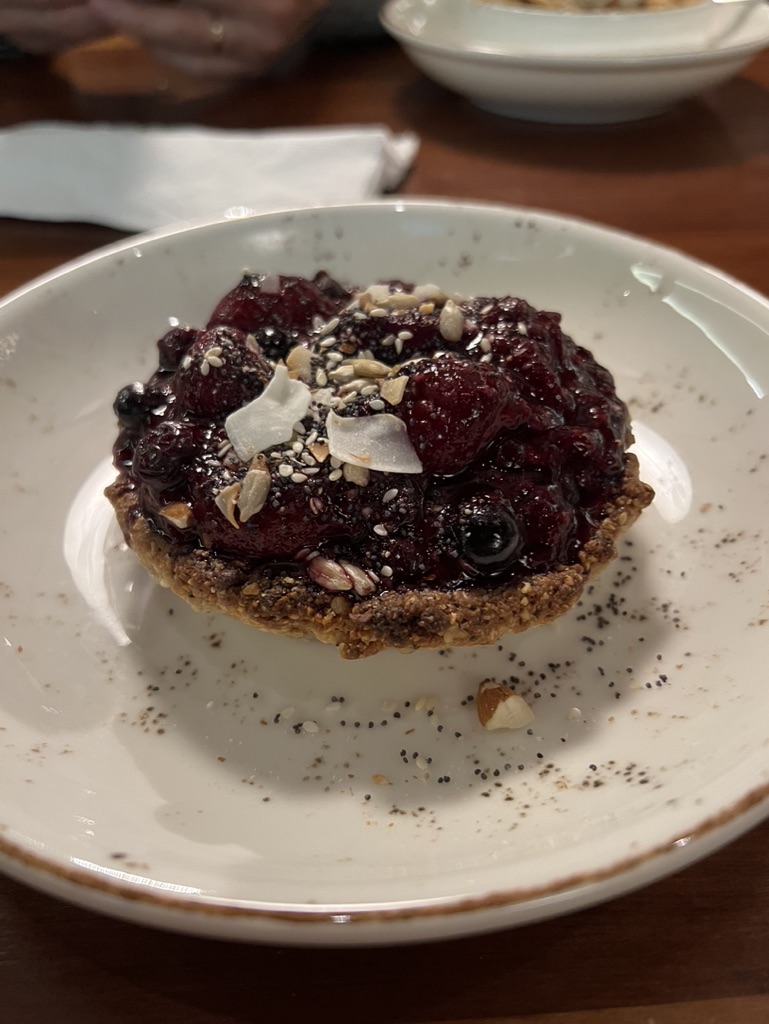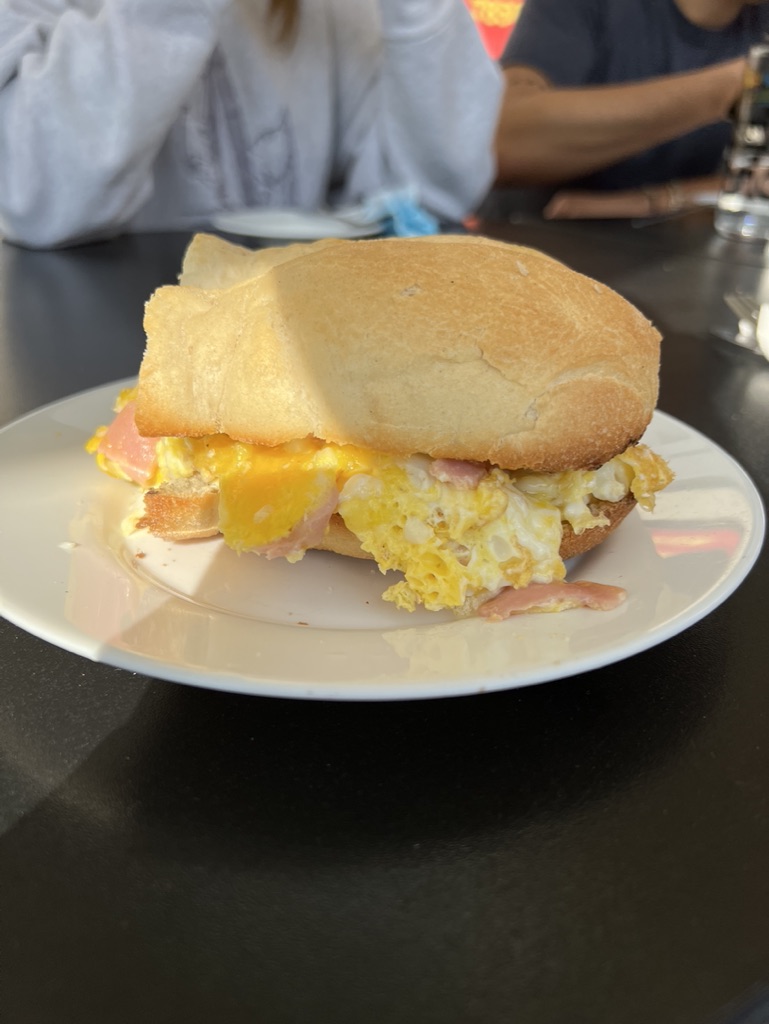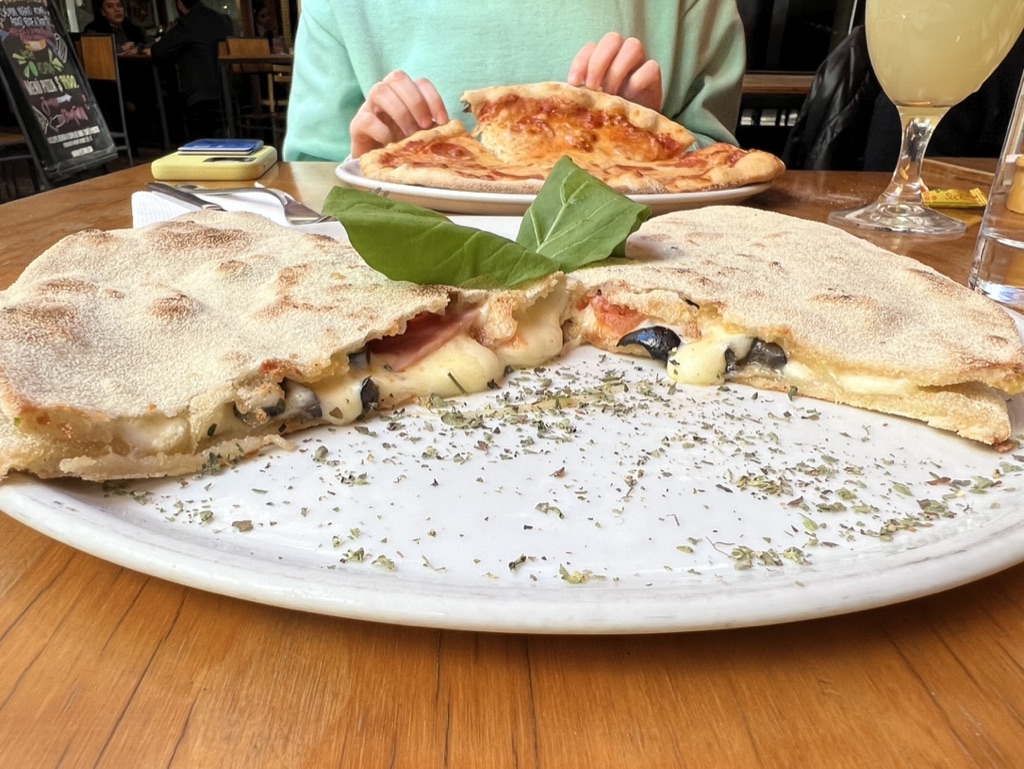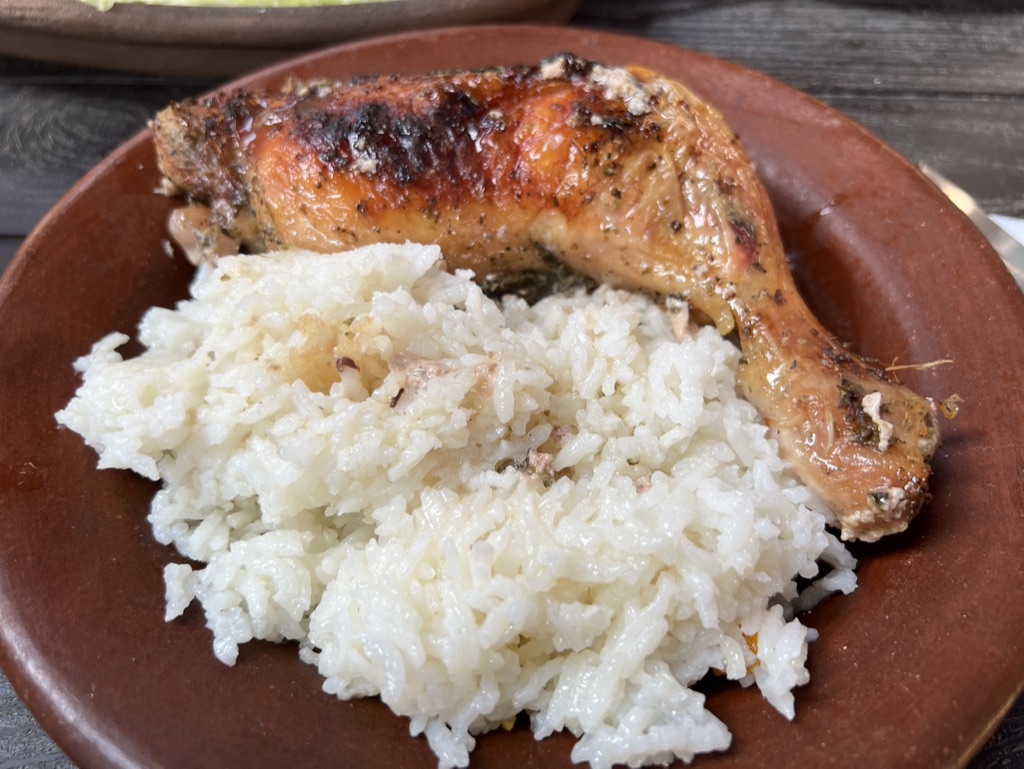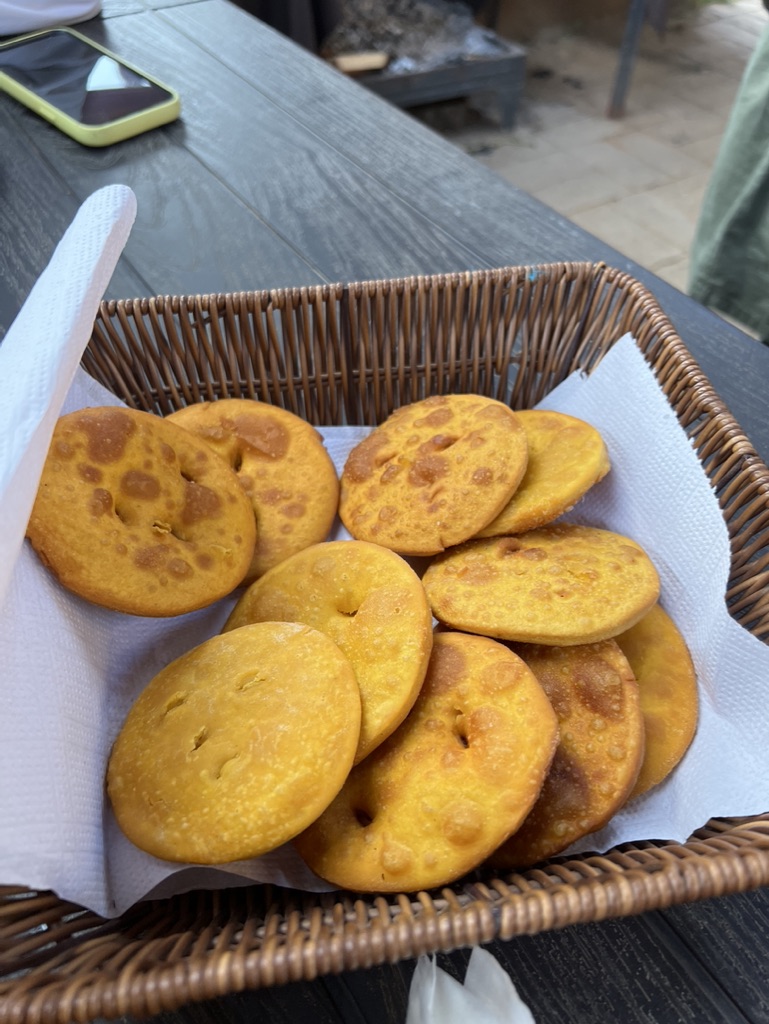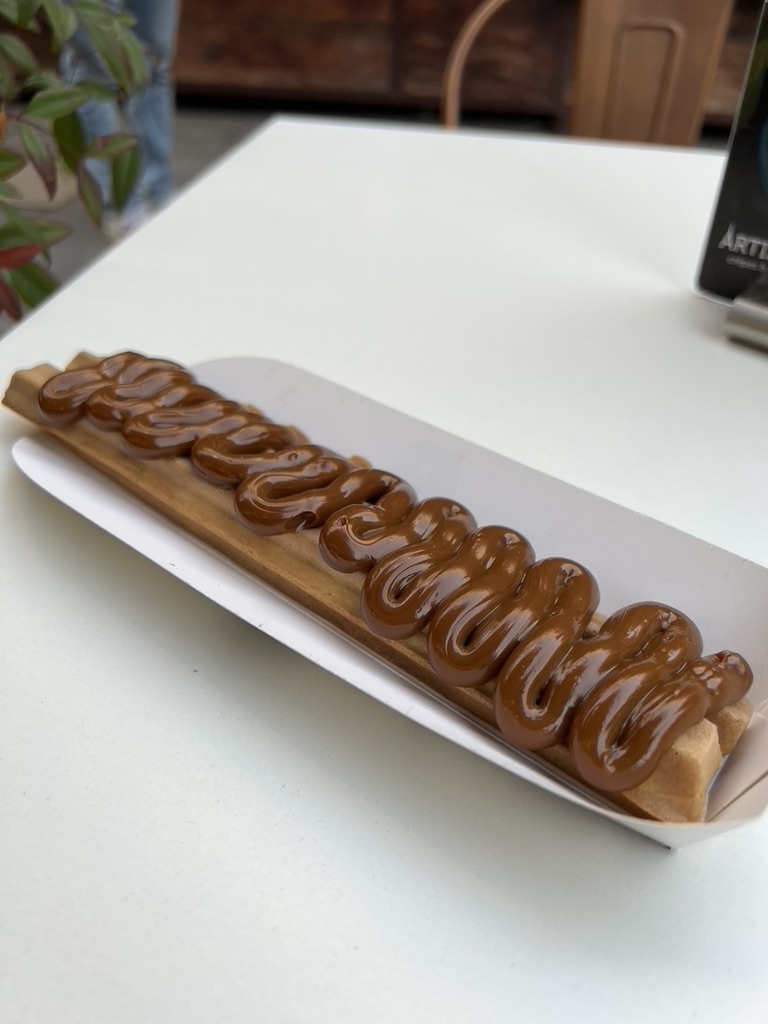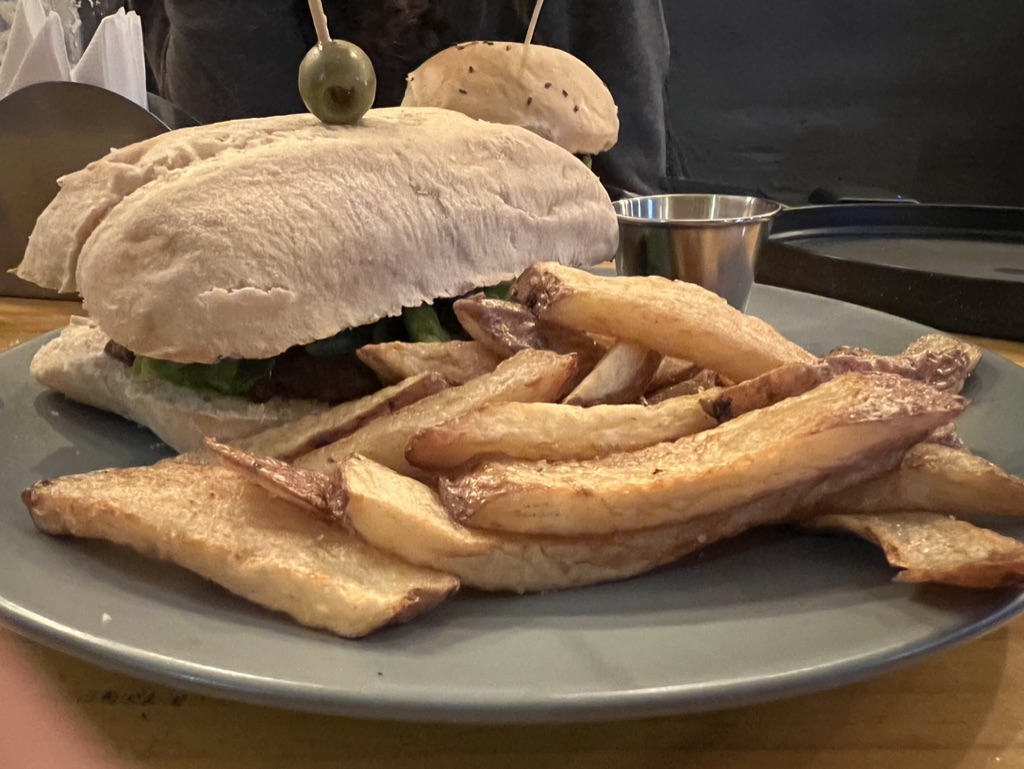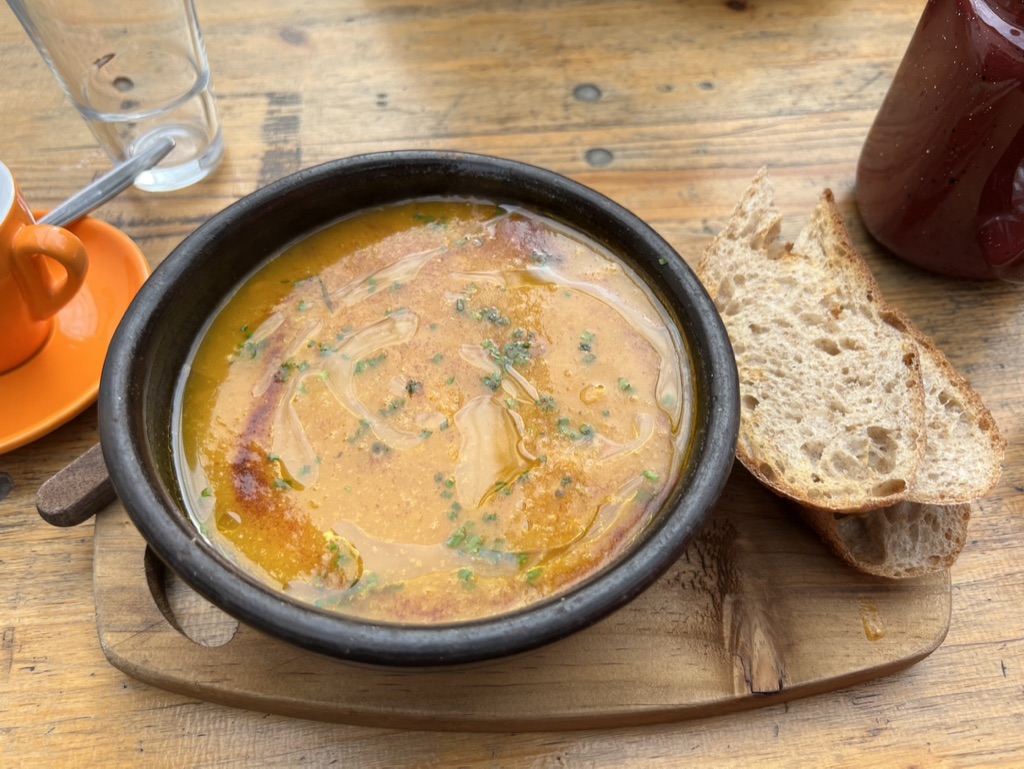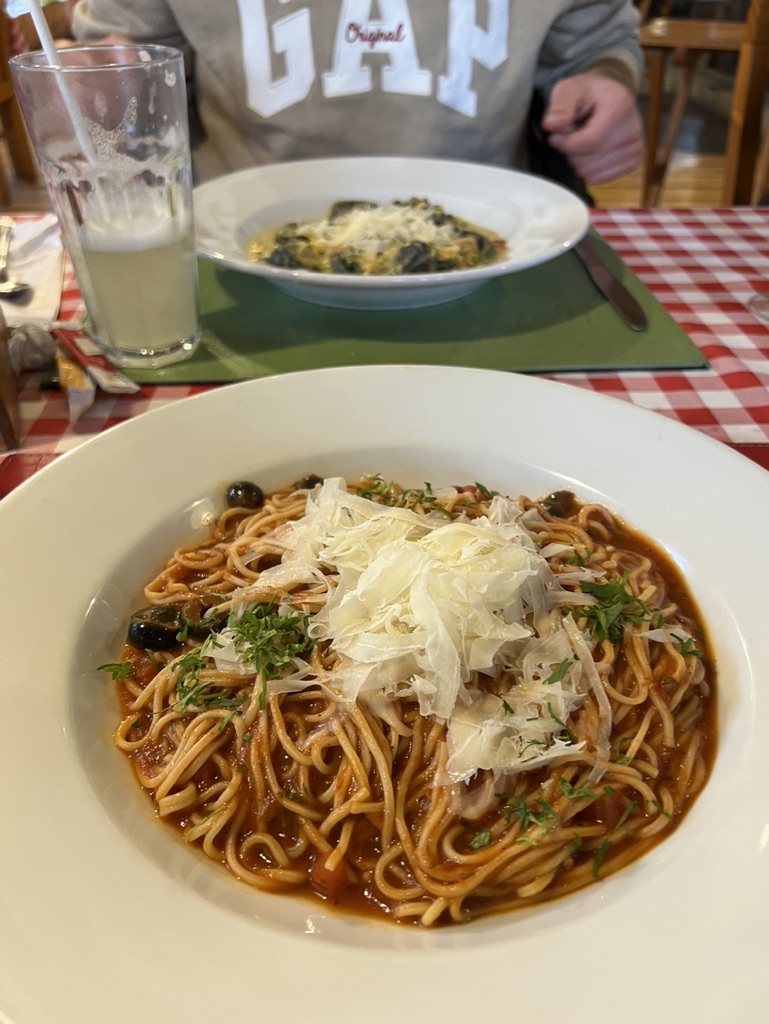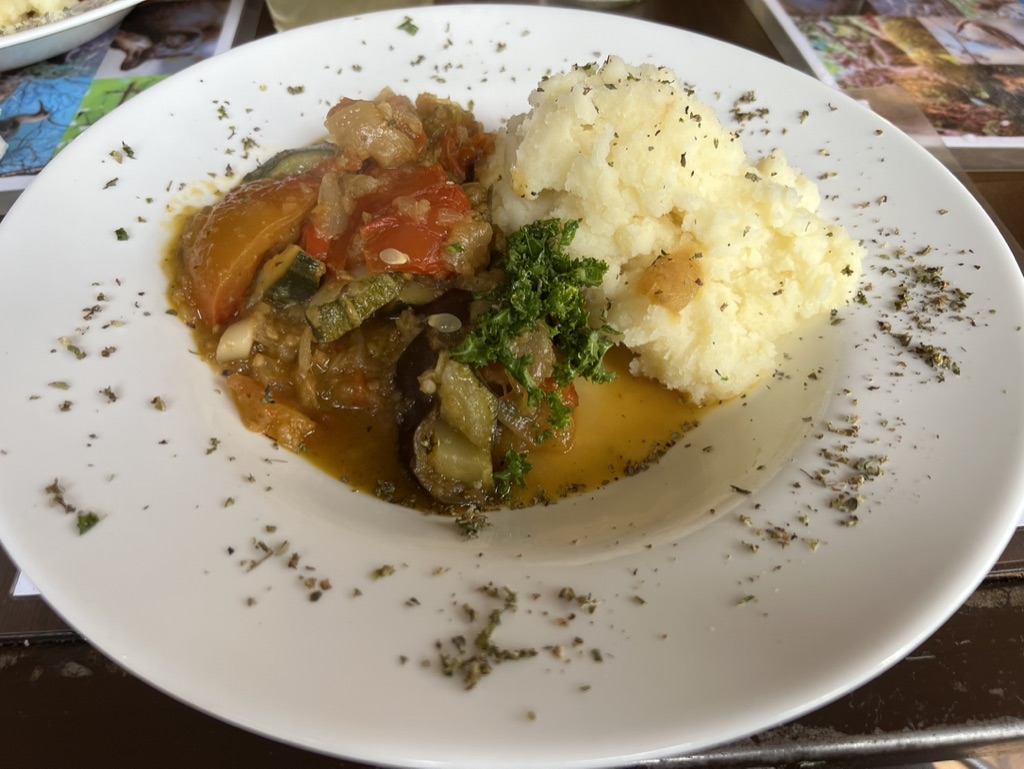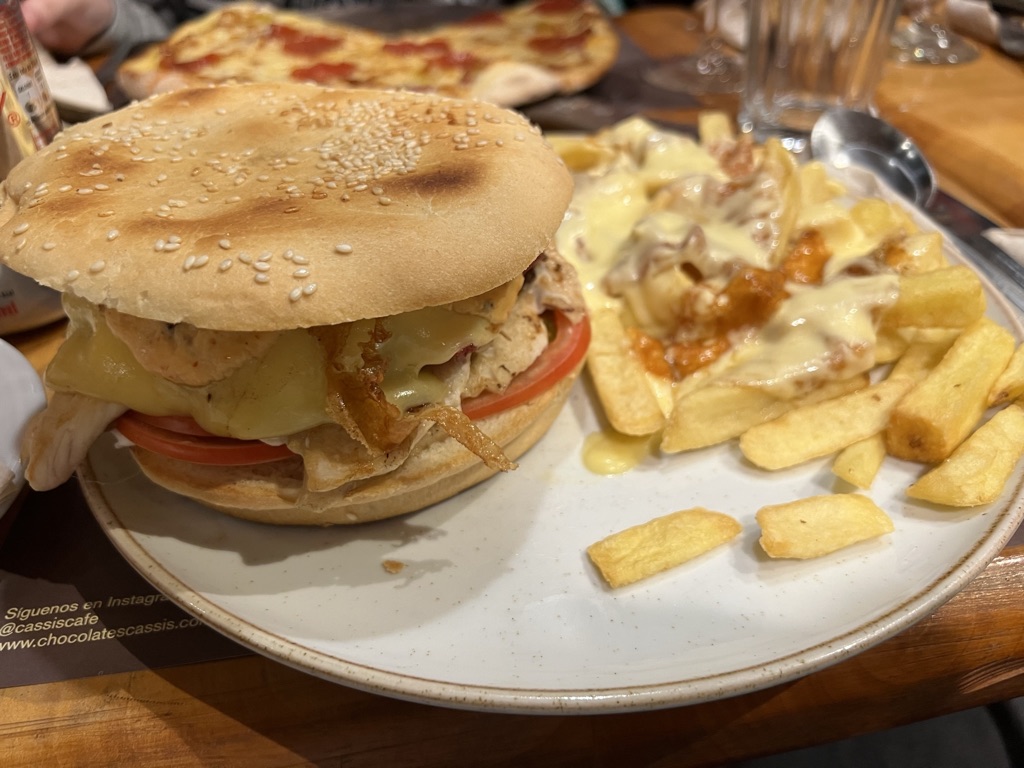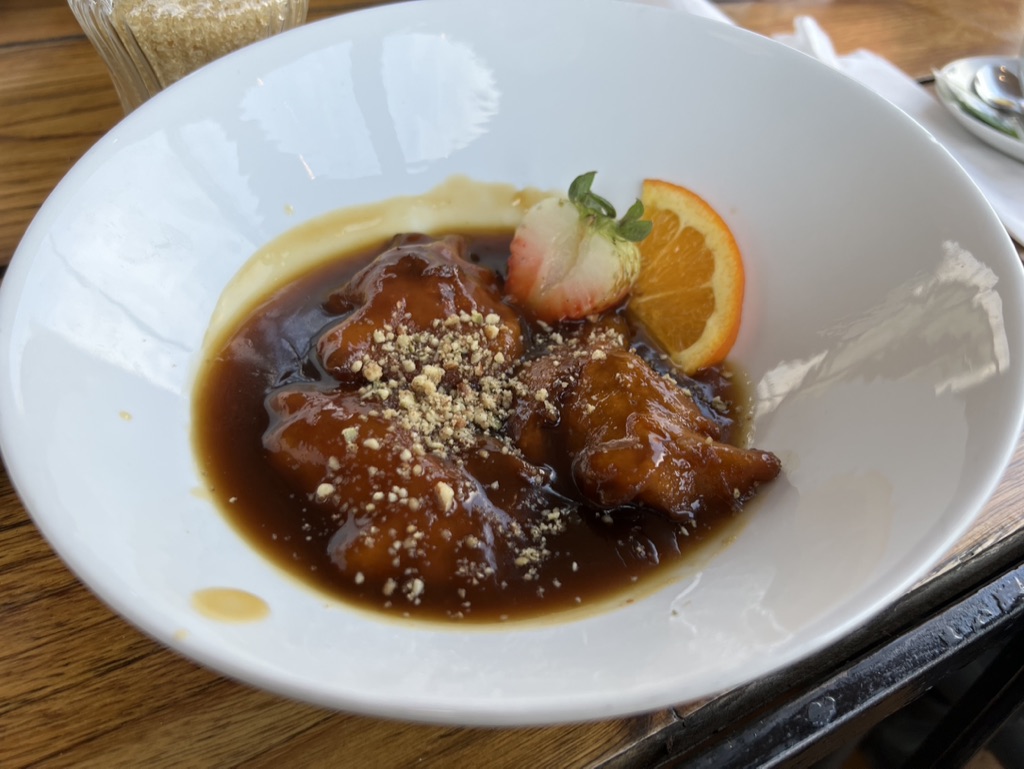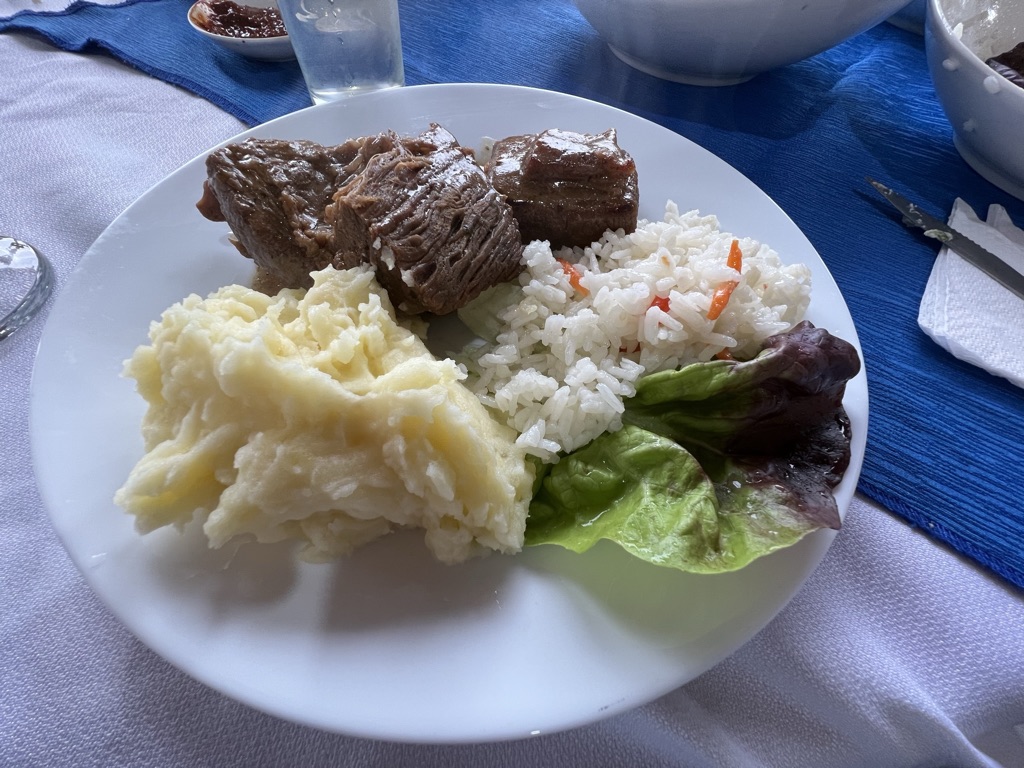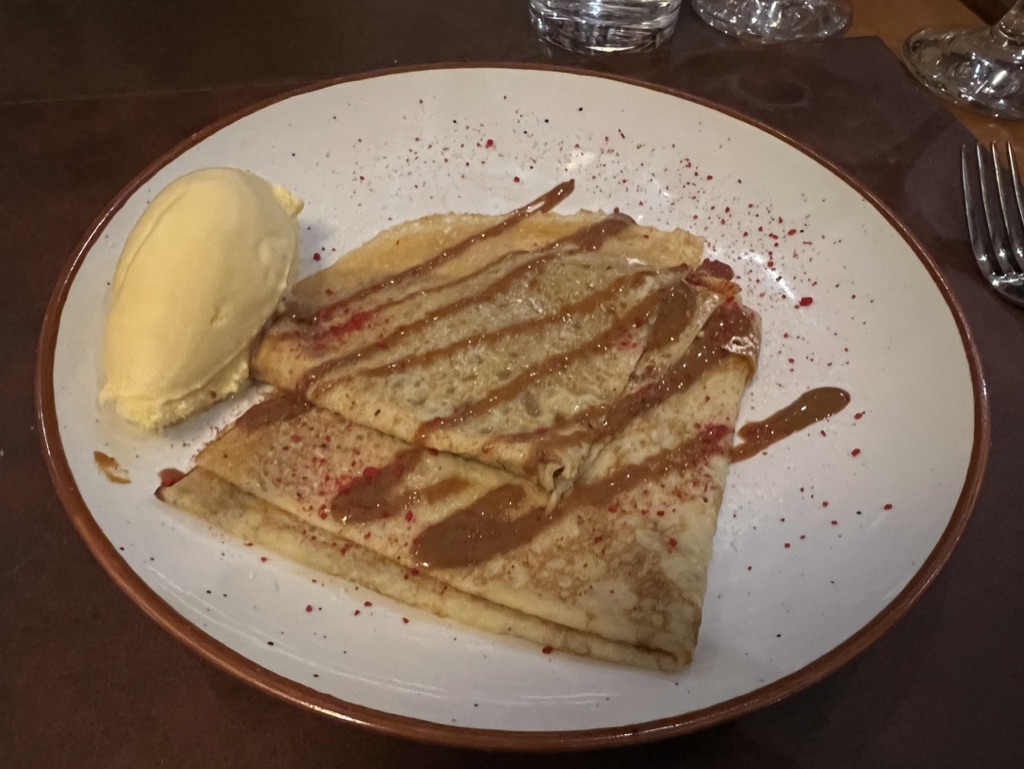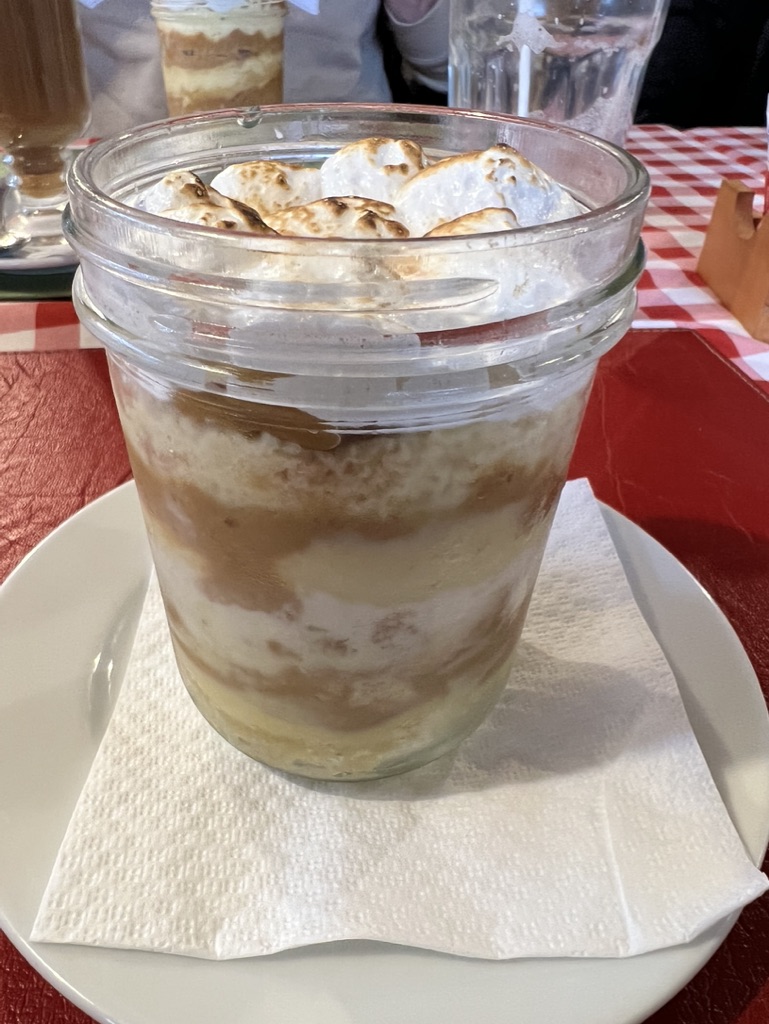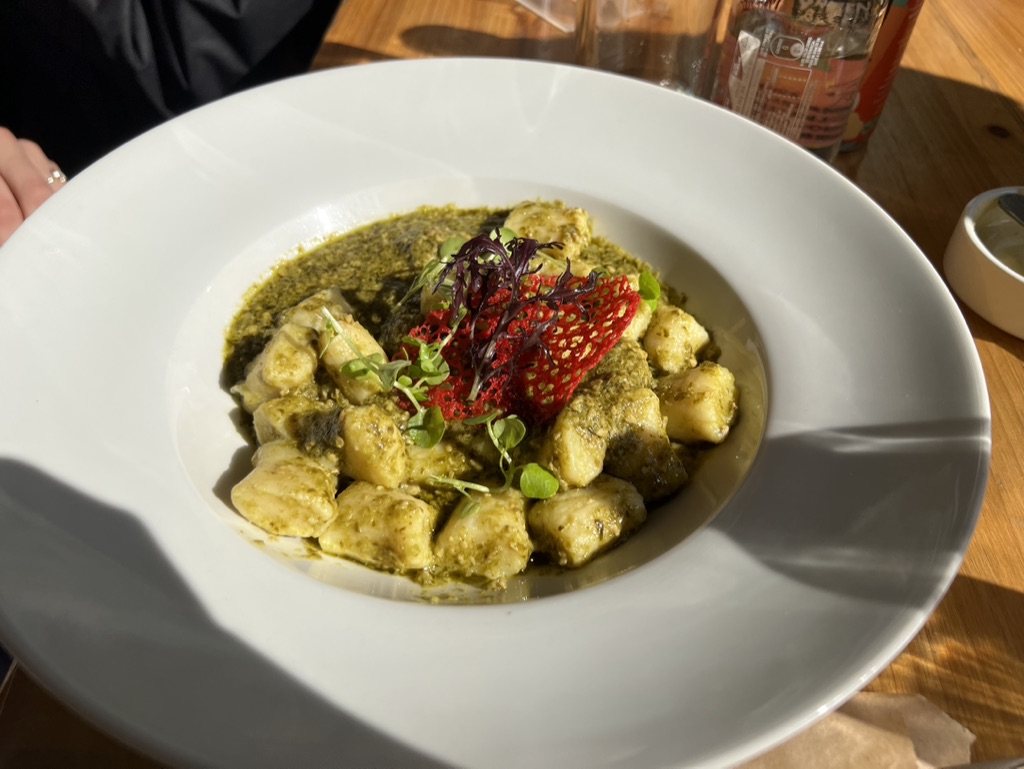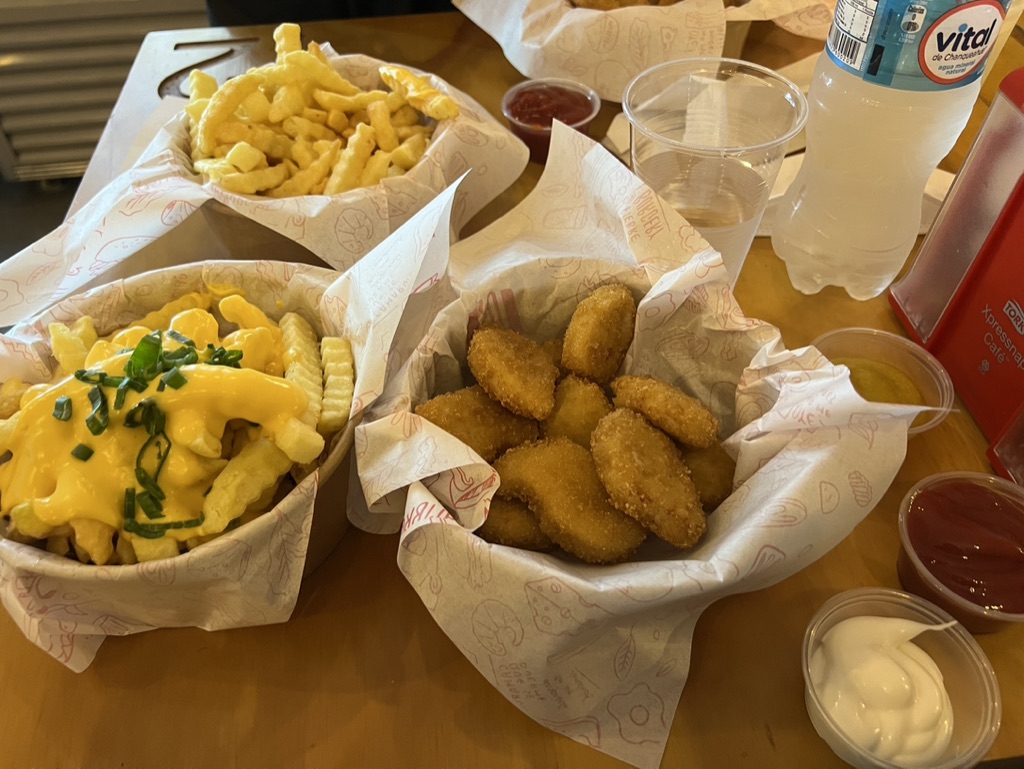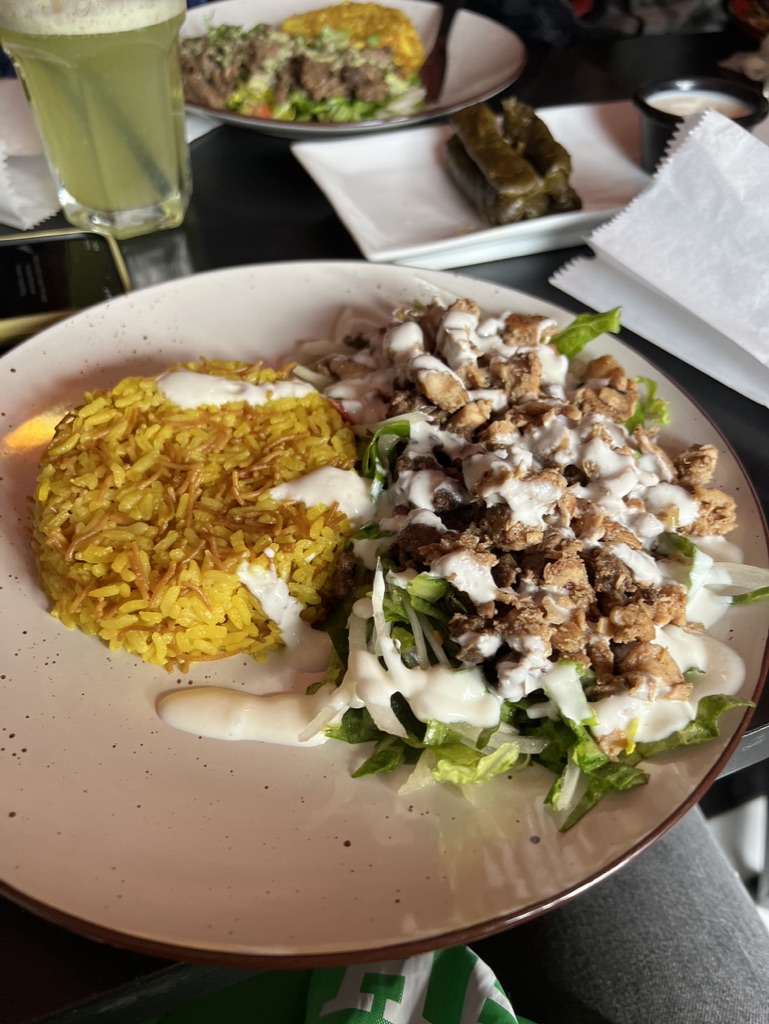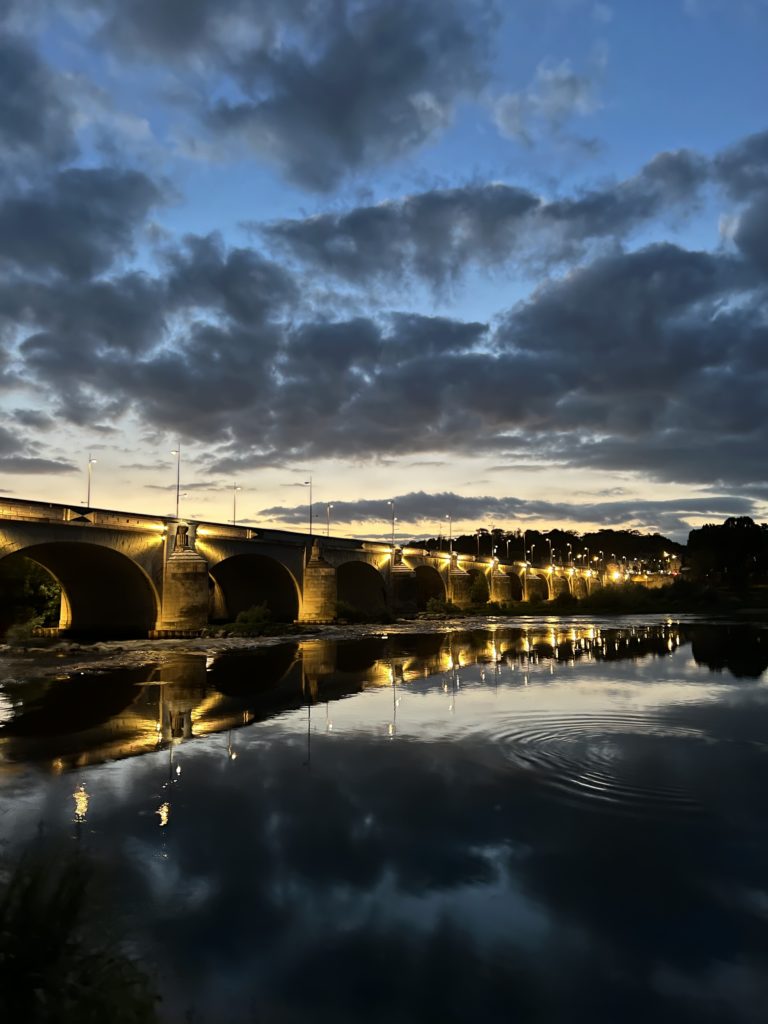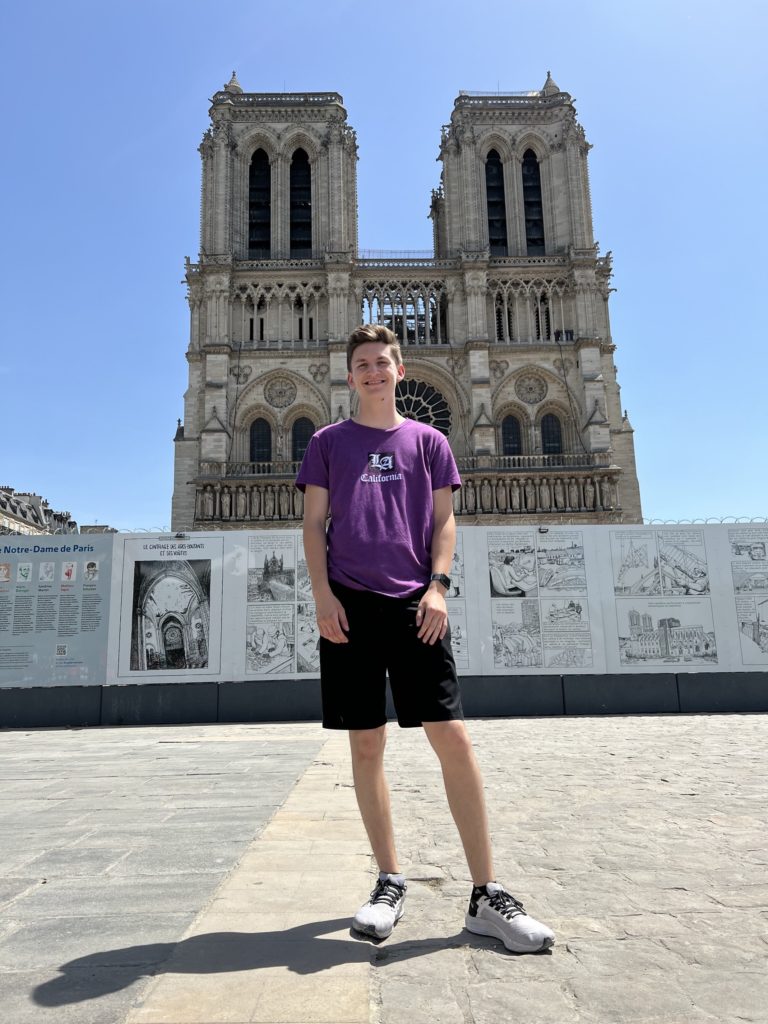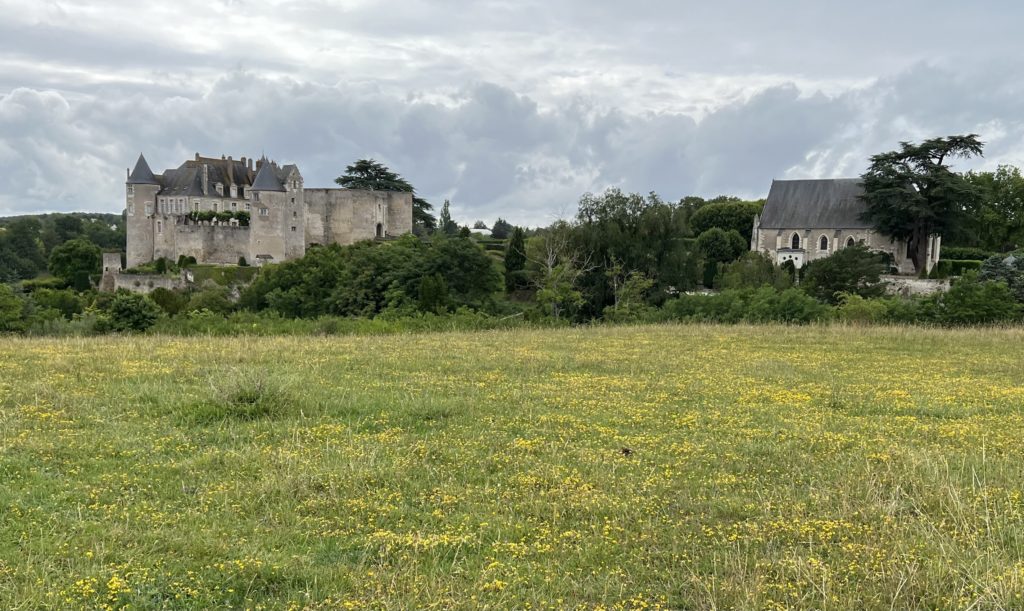Mission Status: In Progress
Skill: Acknowledging Cultural Issues
Status: In Progress
Over the past four weeks, I have grown to fully embrace the culture and country of Morocco as if it were my own, but like the rest of the world, everything can not be viewed through rose-colored glasses. I have been very fortunate because my long-term stay in Morocco and my situation as a student living as a member of a Moroccan family has opened my eyes to the issues that lay underneath the surface of what the average tourist might see.
One of my first lessons about Moroccan culture came with disclaimers from orientations and various online blogs on the importance of money, specifically cash, in the Moroccan economy. The unspoken reality of the money-based culture is that if you have money, you have privilege and influence, which while at first appears promising for an American foreigner, actually turns detrimental when the full reality is understood. My best understanding of the issue cam from a twenty-something American who has lived in Morocco for the past 10+ years in a small farming village:
Imagine you are a farmer from a rural village in the outskirts of a major Moroccan city. After an accident on the farm, you need medical assistance and decide to go to the hospital because there are no other cheaper options. Once you arrive, you add your name to a list of three people and wait to gain assistance. As you wait, another patient, who lives in the city and has more money than you, arrives and bribes the hospital attendant to move his name to the top of the list. This pattern continues to where you are unable to seek the immediate care you need.
While this is only one unique example of the disparity surrounding wealth, there are many more examples that cause Moroccan society to prevent class improvement and equality in terms of treatment. This practice is also common in terms of job opportunities where if you do not know the correct people it can be near impossible to find a job, which in turn plays into the issue of homelessness.
Along with the issue of bribes hurting the poor, Morocco is facing major environmental issues, specifically drought. Over this past weekend, I took a 9-hour bus ride down to the desert, which opened my eyes to the various landscapes of Morocco. The ride showcased the living standards in small mountain villages that rely heavily on rivers as the main source of water. The heartbreaking reality was that most if not all of the rivers that ran through these small villages contained little to no water at all. This visual reminder put a greater perspective on water conservation tactics used in my household, especially in conjunction with showering. One of my first experiences with Moroccan culture was the Moroccan shower, which consists of a large bucket that is filled with water and used as the water source during the shower via a smaller bowl. This method ensures that water is being used intentionally and no water is unnecessarily going to waste. Although this small act is not curing the Moroccan drought the intentions behind the practice were put into perspective after witnessing the severity of the drought in person.
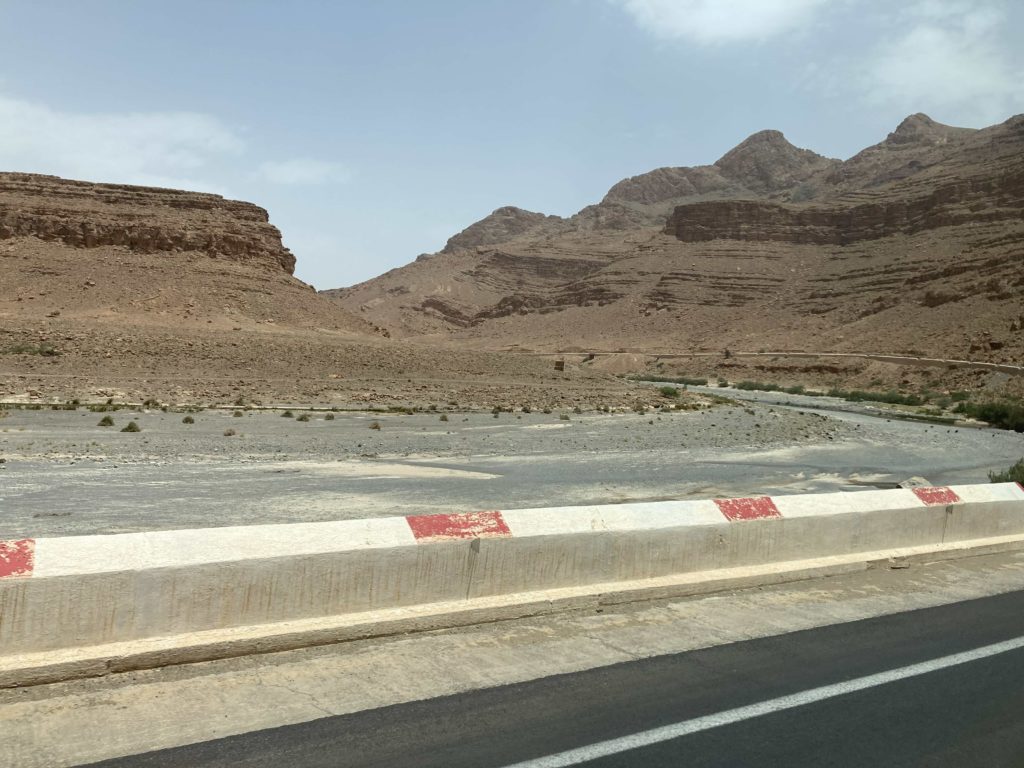
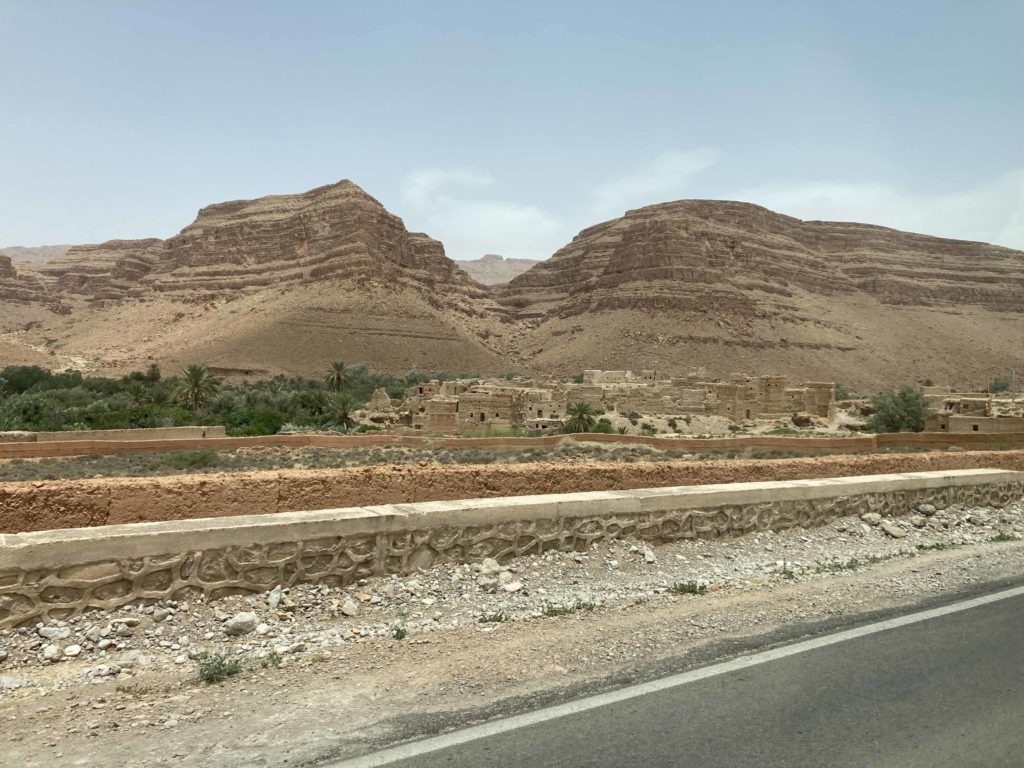
I would like to preface that these are by no means the only issues that face Morocco nor are they the most severe, but these are some of the issues that I have seen firsthand and have some knowledge on.

